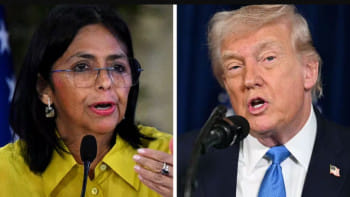The evolution of theater magazines in Bengal

Dr Babul Biswas's Theaterer Kagoj Jotorokom Daay is a thoughtful and detailed study of the evolution of theater in Bengal and Bangladesh, through the lens of theatre-focused little magazines. Divided into three structured parts, the book offers a chronological narrative that highlights how these publications contributed to the growth of theater culture and critical thought in the region. The author not only traces their development but also probes into the challenges that led to their decline despite their pivotal roles.
The first part of the book addresses the emergence of theater magazines in pre-partition Bengal. Magazines like Samakal, Mashik Mohammadi, and Sawgat played crucial roles in providing platforms for discourse on theatrical art, performance, and criticism. These magazines acted as bridges between theater practitioners and the larger intellectual and cultural movements of their time. Dr Biswas shows how they nurtured a culture of discussion and reflection, helping to shape an evolving Bengali theater identity during a politically charged and artistically fertile era.
Dr Biswas then shifts his focus to the post-partition period, specifically looking at East Pakistan and later, Bangladesh. The sociopolitical context here is significantly different, and theater becomes a medium for expression of national identity, protest, and social consciousness. Magazines like Shilpakala (jointly edited by Abdul Mannan Syed and Abdus Selim) and Theater (edited by Ramendu Mazumdar) are discussed for their critical role in promoting new playwrights, experimental performances, and cultural analysis. These publications provided intellectual grounding and space for collaboration among theater critics, directors, and writers. They documented both mainstream and fringe movements, preserving otherwise ephemeral elements of the theater scene.
The third part of the book is perhaps the most introspective. Dr Biswas explores why so many of these impactful little magazines ceased publication. He identifies reasons such as financial hardship, lack of institutional support, the absence of a consistent readership base, and changing media consumption patterns. These challenges reflect broader shifts in the cultural economy and priorities of artistic communities. However, even in their disappearance, these magazines have left behind a substantial legacy—a rich archive of creative and critical voices that continue to inform contemporary theater studies.
A notable point comes in the book's preface, where Ramendu Majumdar—one of the leading theater proponents, a prominent actor, and editor of Theater—praises Dr Babul Biswas's rigorous research. Majumdar highlights how the author has enriched the manuscript with well-documented facts and practical examples drawn from the theater world, offering a rare and valuable insight into the cultural history of Bengal and Bangladesh.
One of the book's core arguments is that little magazines were instrumental in forming the intellectual and aesthetic landscape of Bengali theater. By offering a space for criticism, reflection, and innovation, they helped theater activists and critics engage with both local and global trends. Through editorials, essays, interviews, and reviews, they created a vibrant ecosystem for ideas to flourish.
Theaterer Kagoj is a valuable contribution to South Asian theater studies. Dr Babul Biswas not only documents the forgotten efforts of little theater magazines but also revives interest in their cultural responsibility. His work underscores the urgent need to preserve such platforms—whether in print or digital form—for future generations of artists, critics, and cultural historians.
Tusar Talukder teaches English at Central Women's University, Dhaka. He can be reached at [email protected].

 For all latest news, follow The Daily Star's Google News channel.
For all latest news, follow The Daily Star's Google News channel. 



Comments